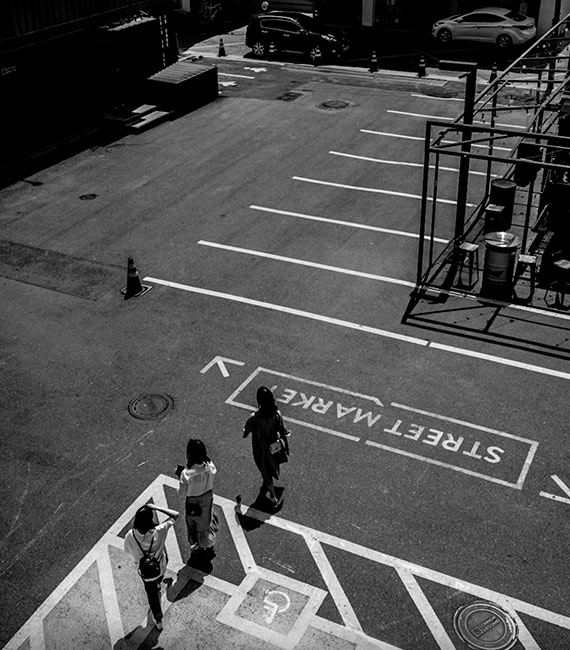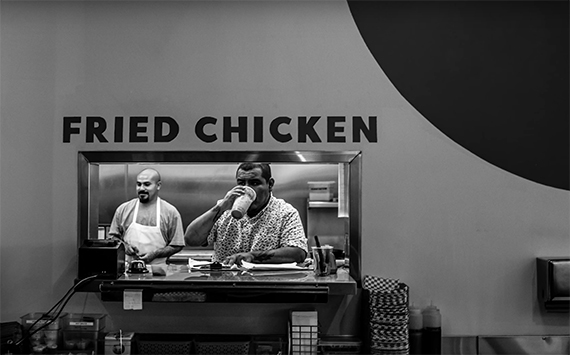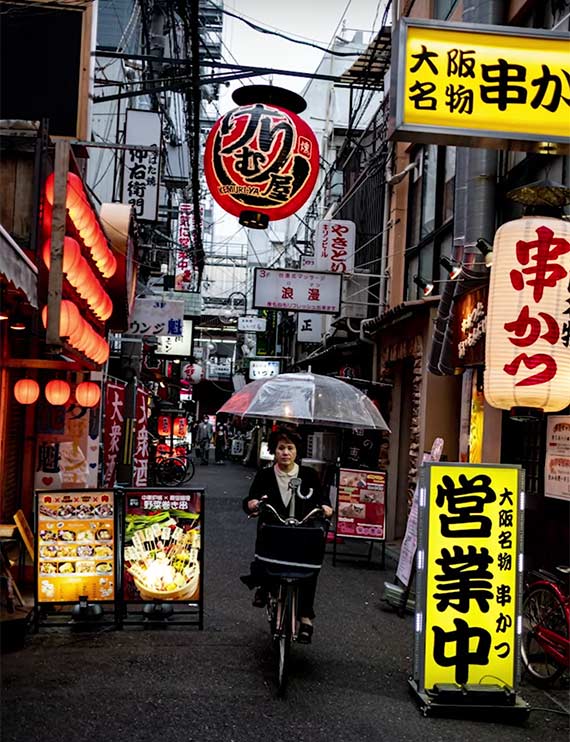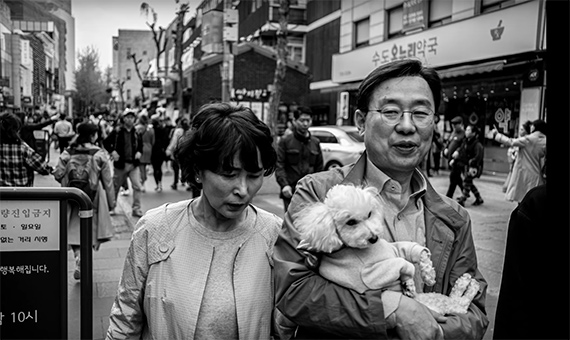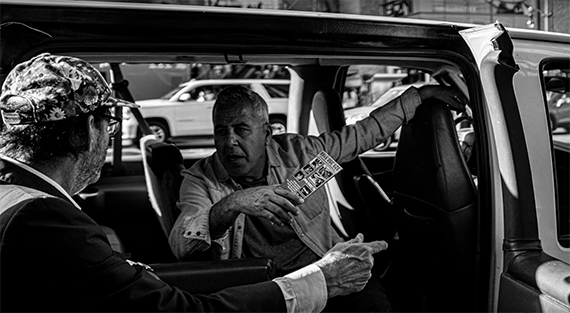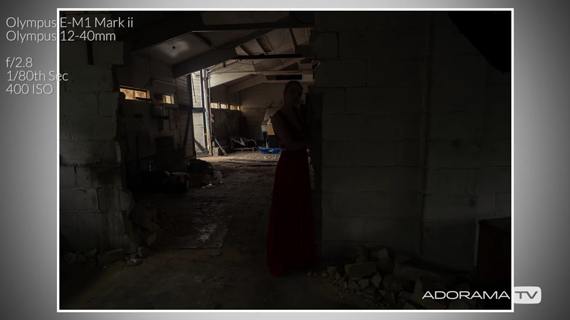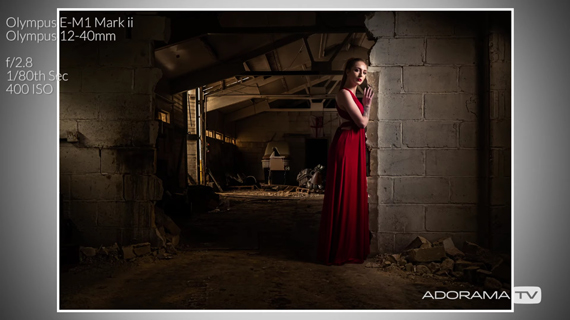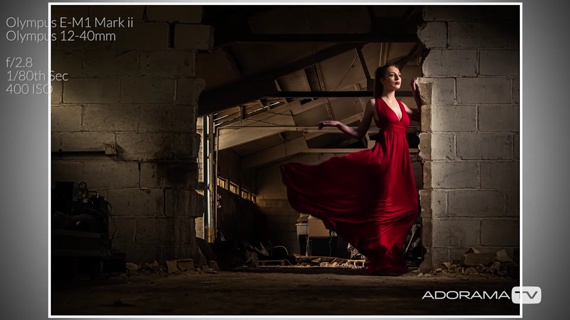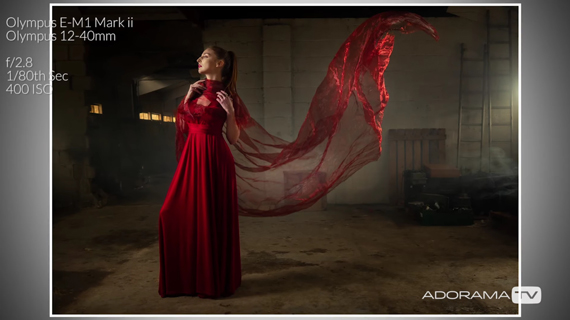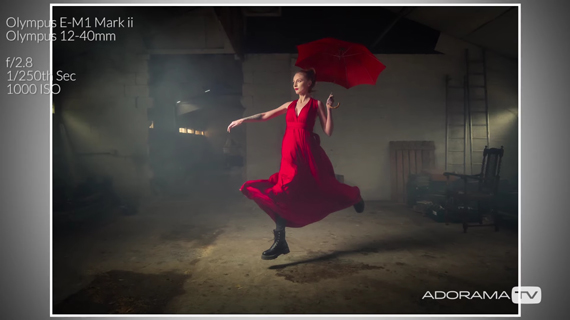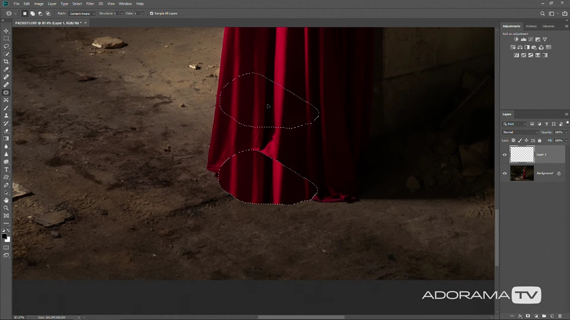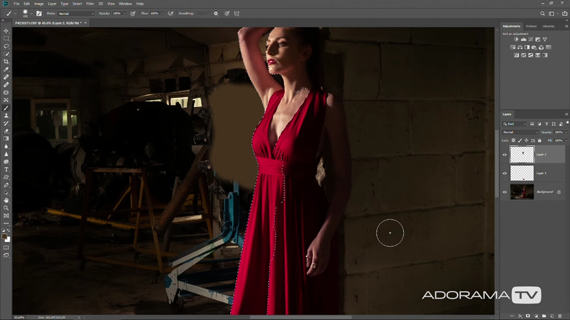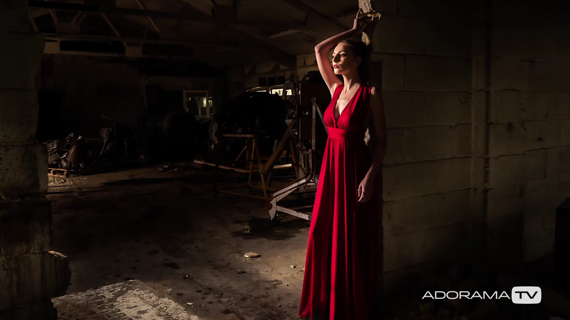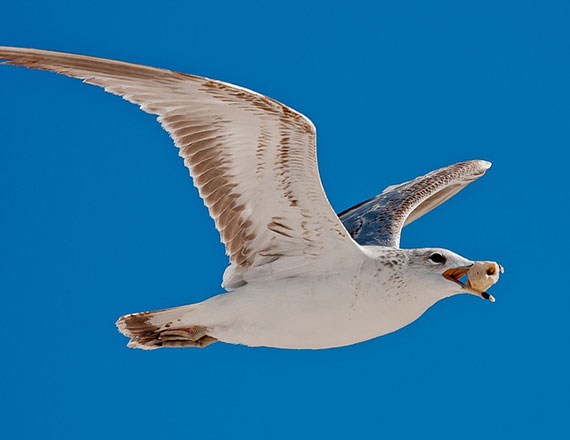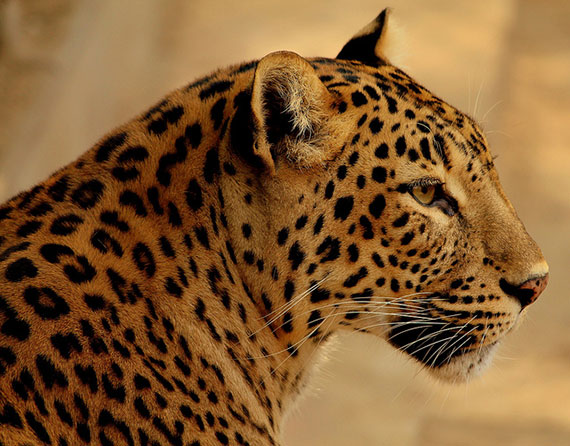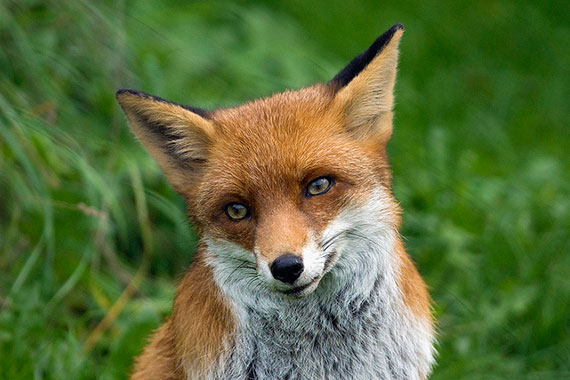The main challenge with portrait photography is, without a doubt, producing a portrait that does not leave the subject looking rigid, anxious, or just simply uncomfortable.
A portrait photographer must gain his or her subject’s trust to help them loosen up and become actively involved in the sitting. The results will be more natural and the subject will be pleasant to work with. The result will be portraits that are not only attractive but also vibrant with the subject’s true nature memorialized in the image.
How can the portrait photographer involve their subject in such a way that they will be their most natural self and the photo session completed in an easy and natural manner?
Here are five tips for a productive portrait photography session:
Occupy the Hands
Portrait photography primarily involves a head and shoulders shot. One of the primary stressors for the subject is what to do with the hands. Giving the person something to hold will keep their mind away from concentrating on their posture, resulting in a much more relaxed piece of work. Since some portraits may be full body photos, including an object that is comfortable but not distracting can put the subject at ease.
Use a Chair
For some reason, people are uncomfortable standing in front of a camera. Consequently, portrait photographers will usually have a chair available. A chair could possibly be the handiest tool a photographer can have when taking portrait images. With this prop, there exists more of a casual atmosphere.
Know Your Subject
Your subject has an idea in their mind what a portrait should look like. It is the portrait photographer’s responsibility to utilize their professional skills to bring the subject’s ideas to reality. Allow some interaction time so you can talk about subjects of interest or about the things your model is passionate about. You will be amazed how that special glint in the eye will come through and their face will light up.
As the portrait photographer, you and your subject will interact to create that special mood and ambiance. You will discover that using a handheld camera will allow you to capture unique angles and expressions that you cannot achieve with a fixed location camera. Using these techniques, you will be shifting the attention away from the lights and equipment to concentrating on the person photographed.
Involve Your Subject
The portrait photographer needs to remember that this is the client’s portrait and not that of the photographer. Respect for the individuals involved is mandatory. You should be aware of any time constraints the client might have. And you should also have a good understanding as to what the subject wishes.
If you are trying something the subject does not understand, be sure to explain why you are taking such actions. You do not want to catch your clients off guard, as that confusion will end up appearing in the final product.
Be Prepared
Be sure all equipment is set up and in good working order prior to your subject’s arrival. Nothing will raise the level of anxiety more than having the client suffer through times of setting up proper lighting and ensuring everything is working. Find out some general information about the subject of the shoot. What are they anticipating from this session? Is the scene free from external distractions? Allowing the appropriate amount of time for the shoot will prevent rushing to complete the task at hand and will leave the photographer with a much happier customer.
In portrait photography, all five tips above are essential if you desire your subjects or clients to be more at ease in front of the camera resulting in the most natural portraits possible.
About the Author:
Raleigh Conrad has always had a fascination for consumer electronics. His site is at rockingchairwisdom.com. The purchase of his first digital camera opened up a completely new world of interest.
Go to full article: 5 Tips for Becoming More Instinctive With Portrait Photography
What are your thoughts on this article? Join the discussion on Facebook
PictureCorrect subscribers can also learn more today with our #1 bestseller: The Photography Tutorial eBook
The post 5 Tips for Becoming More Instinctive With Portrait Photography appeared first on PictureCorrect.
from PictureCorrect https://ift.tt/34kHGr2
via IFTTT






